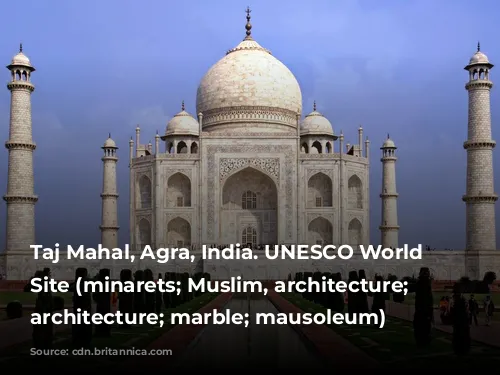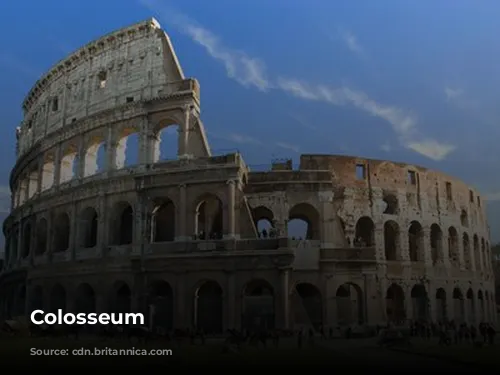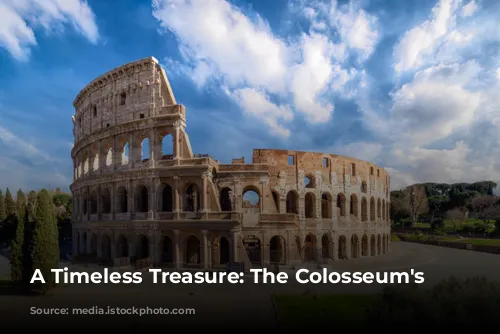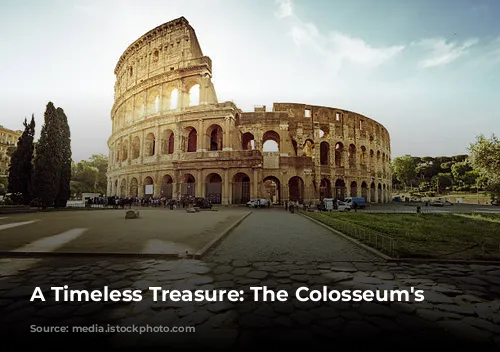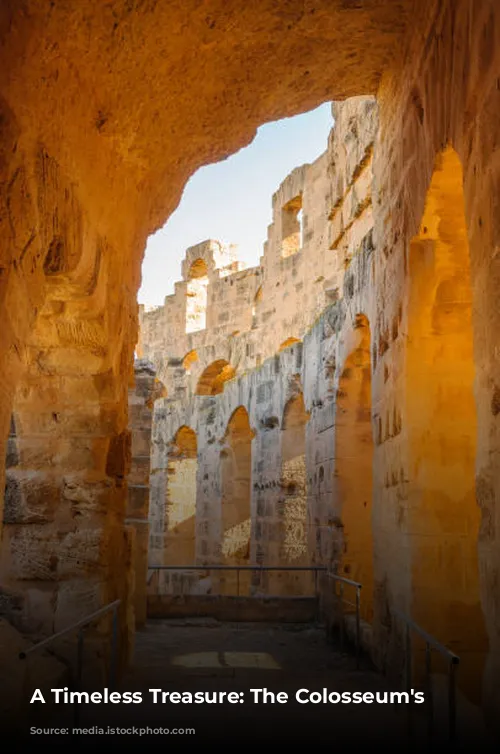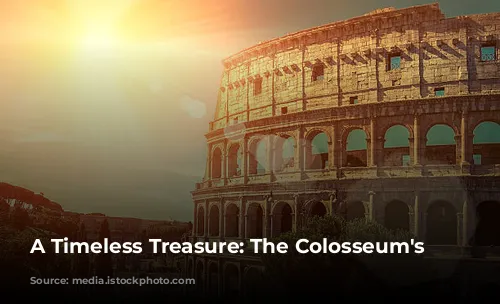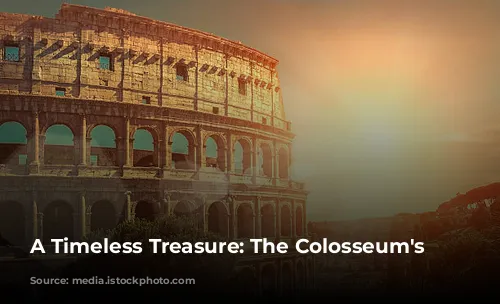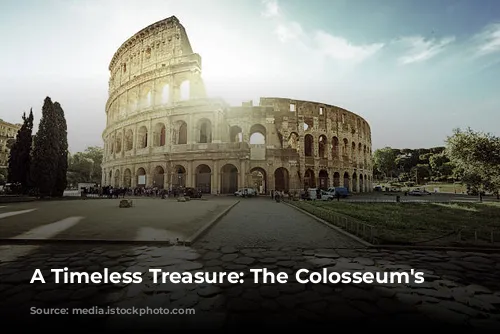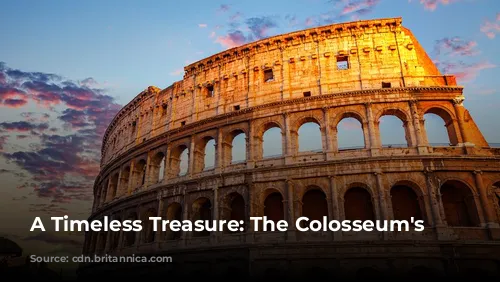The Colosseum, a remarkable structure standing as a testament to ancient Rome’s architectural brilliance and engineering prowess, is one of the few largely intact remnants of the Roman Empire. It’s not just a historical landmark; it’s also a major source of income for the Italian government. In 2018, the Colosseum, Roman Forum, and Palatine Hill together generated over $63.3 million (€53.8 million), making them the most popular tourist attraction in Italy.
This ancient wonder has endured the passage of time, witnessing both glory and neglect. After the decline of the Western Roman Empire, the Colosseum fell into a state of disrepair. The 12th century saw the Frangipane and Annibaldi families utilize the arena as their fortress. In the late 15th century, Pope Alexander VI allowed the Colosseum to be used as a quarry, a grim testament to the lack of appreciation for this historical marvel. After over a thousand years of neglect, state-funded restoration efforts began in the 1990s, ushering in a new era of preservation and appreciation for this iconic structure.
A Symbol of Imperial Ambition
The Colosseum’s origins lie in the ambitious efforts of the Roman emperors to revitalize Rome following the turbulent year of the four emperors in 69 CE. Like other amphitheatres, Emperor Vespasian envisioned the Colosseum as a center for entertainment, a stage for gladiatorial battles, animal hunts, and even simulated naval battles. The Colosseum, with its massive scale and grandeur, was not just a place of entertainment; it was a symbol of imperial power and a reminder of Rome’s dominance.
Construction of the Colosseum commenced under the reign of Emperor Vespasian between 70 and 72 CE. The completed structure was dedicated in 80 CE by Titus, Vespasian’s son and successor. Emperor Domitian added the fourth story in 82 CE, completing the Colosseum’s imposing design. A poignant detail of the Colosseum’s history is that its construction was funded by the spoils of war from Titus’s sack of Jerusalem in 70 CE, and it was built by enslaved Jews from Judea. This connection highlights the complex and often brutal realities of the Roman Empire.
A Monument of Engineering Marvel
The Colosseum, also known as the Flavian Amphitheatre, is an elliptical structure built with stone, concrete, and tuff. It stands four stories high, spanning a massive 620 by 513 feet (189 by 156 meters). Its sheer size and engineering prowess are awe-inspiring. The Colosseum could accommodate as many as 50,000 spectators, who were shielded from the harsh sun by a massive retractable awning known as a velarium. This impressive awning was operated by hundreds of Roman sailors who skillfully manipulated the rigging to extend and retract it.
The Colosseum was a vibrant center of entertainment, hosting gladiatorial combat, contests between humans and animals, and even elaborate mock naval battles. It was a place where Romans gathered to witness feats of strength, skill, and spectacle, a testament to the Roman fascination with entertainment and their love of grandeur. However, the Colosseum’s role in the history of early Christianity is shrouded in uncertainty, with historians debating whether it was the site of the martyrdom of Christians.
Through the Ages: A Resilient Structure
Throughout history, the Colosseum has witnessed both glory and decay. During medieval times, it served as a church, later becoming a fortress under the control of the influential Frangipane and Annibaldi families. Over the centuries, the Colosseum suffered damage from natural disasters, including lightning strikes and earthquakes, as well as from vandalism and pollution. The marble seats and decorative materials were plundered, leaving the structure stripped of its grandeur. For over a thousand years, the Colosseum was treated as a quarry, its stones and materials recycled for other purposes.
The preservation of this historical treasure began in earnest in the 19th century, led by Pope Pius VIII. In the 1990s, a major restoration project revitalized the Colosseum, bringing it back to its former glory. Today, the Colosseum stands as one of Rome’s most iconic landmarks, attracting close to seven million visitors annually. Regularly changing exhibitions showcasing the culture of ancient Rome further enrich the visitor experience. The Colosseum, a symbol of Roman power, engineering ingenuity, and resilience, continues to captivate and inspire, standing as a powerful reminder of the enduring legacy of the Roman Empire.
